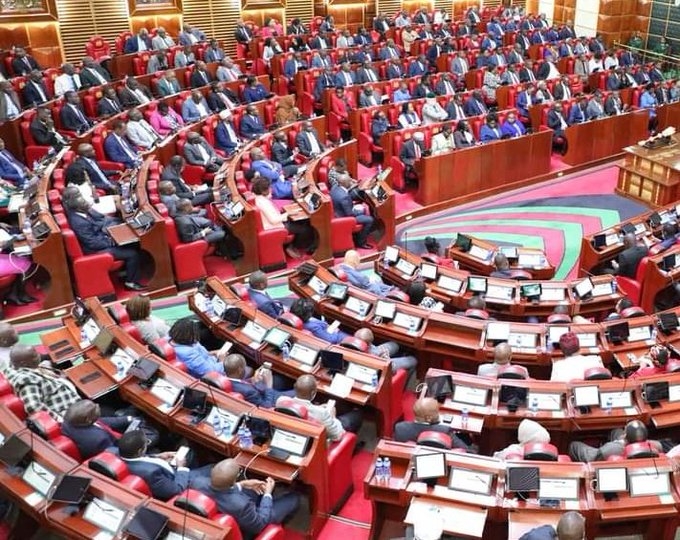Gender gaps in terms of labour force participation, still exist in the world of work.
This is despite Kenya being on the frontline to implement various national and international policies, aimed at bridging this gap.
According to the 2019 Kenya Population and Housing Census, there is still a gap between men and women aged 15-34 years, in terms of labour force participation.
Among the working youthful population of this age bracket, women form a higher percentage of those working compared to men.
Hence women in this age category, participate more in labour-related activities as compared to men.
In addition, among the youthful population of the same age group, seeking work or no work available, women form the smallest percentage, as compared to men, who seem to be actively looking for work or have no work.
This implies that more women are actively participating in labour force-related activities, as compared to men.
The general analysis here is that there is still a gap in labour force participation, between youthful men and women of this age bracket.
With more women being absorbed into the labour market as compared to men.
Among the male and female youthful population of this age category, who are not in employment, education or training nationally, women form the largest percentage as compared to men.
This implies that most women in this age group, focus more on joining the labour market as compared to furthering their education, formal employment or training.
The proportion of women not in employment, education or training of the sampled age group, who have attained a primary level of education is higher than that of men with the same level of educational attainment.
This implies that women in this age category, once they finish their primary level of education, are likely to discontinue learning, as compared to men who proceed to the next level of their studies.
Women with a primary level of education may also opt to go straight into the labour force market, as compared to joining secondary schools.
This is a disadvantage to these women because, in the long run, they miss out on formal employment, or relevant qualifications in training and higher education, as compared to men who proceed to high school.
The situation is directly proportional among women not in employment, education or training and who have attained the secondary level of education.
They form a higher percentage of youth not in employment, education or training as compared to men in the same age group, and who have attained the same level of secondary education.
This implies that women in this age category, once they finish their high school studies, either fail or only a few manage to further their studies at universities and colleges.
Women with secondary education are also likely to join the labour market, once they finish their high school level education. As opposed to joining higher institutions of learning for further training and education.
This overall analysis implies that we may be having more youthful women of this age bracket working as compared to men because they fail to join higher levels of education.
It's also likely that women in this age bracket, once they attain their primary level education, do not all proceed to secondary schools, but opt to join the labour market.
Those who proceed to secondary schools upon completion, fail to further their studies in universities and colleges.
They most likely prefer to venture into the labour market, other than joining higher institutions of learning such as technical institutions, universities and colleges.
This could be due to a lack of necessary support, such as a lack of funds.
To reduce the gender gap in the labour force participation of youthful men and women of this active age bracket, we need to emphasise the importance of education among youthful women.
Other than most of them opting to venture into the labour market, they should aim to empower themselves through education first.
We need to encourage more women upon completion of their primary education, to avoid joining the labour market.
They should enrol in secondary schools for their educational advancement.
Those who finish secondary school should be encouraged to join technical institutions, colleges and universities.
This can be done through the provision and allocation of more funds, aimed at boosting their education.
Advocating more on the importance of education will bridge the gender gap in terms of labour force participation.
Student at Multimedia University
Edited by Kiilu Damaris














